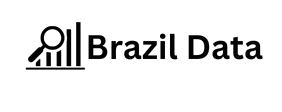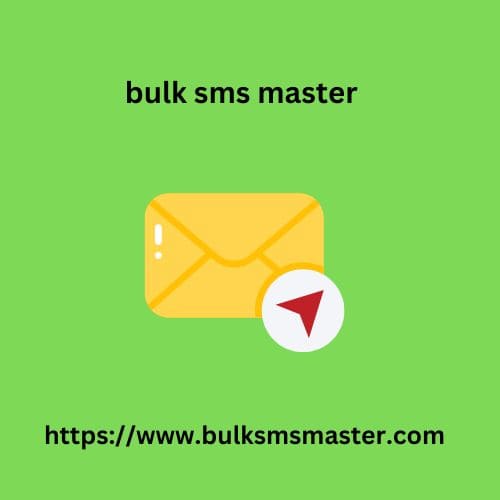WordPress is super comfortable to use and SEO-friendly. No wonder so many website creators choose it for their business and sales:
They understand the importance of proper optimization to increase rankings, traffic, and conversions, and therefore want to organize their content in the best possible way.
Two questions:
- Most WordPress SEO guides are too technical to grasp quickly.
- Google changes its algorithm so bulk sms master frequently (500-600 times per year, with a record 4,500 times in 2020!) that we can’t keep up with all the updates to optimize all our content according to the new rules.
Can you do something here?
Stick to the proven and consistent on-page factors that Google uses to “read” your content and rank it accordingly.
In this article, you’ll learn the basics behind on-page SEO in 2023, as well as seven hidden SEO strategies for optimizing your WordPress content to rank higher.
First things first:
What is On-Page SEO?
On-page SEO is a set of practices that optimize web page content for search engines and users. Through off-page and technical SEO, it affects your website’s visibility, rankings, and traffic.
While technical off-page SEO is about optimizing the entire website and the signals (backlinks or brand mentions) that occur on it, on-page SEO strategies focus on individual pages, rather than the entire website.
You know the common on-page SEO you’ve practiced, don’t you? It’s about optimizing title tags, URLs, internal links, and content for specific keywords. They all work, but:
Everyone optimizes their pages like this, but only a few appear in the SERPs.
You can expand your pages beyond these standard practices to rank higher . You need some advanced (hidden) on-page SEO tips that will help take your content to the next level. In 2023, content optimization is not just about keywords, it’s also about user experience, search intent, bounce rate/dwell time, and click-through rate.
Here are practices that can help you optimize your page content accordingly.
7 On-Page SEO Tips to Boost Your Content
Improve your web page visibility, ranking, and organic traffic by following on-page SEO practices:
1 — Choose the right target keywords
How do I choose target keywords for a specific page?
Most keyword tools, whether free or paid , check a keyword’s search volume, potential traffic, and keyword difficulty — all of which are key factors that influence your decision. However, there’s another factor to consider if you want your page to be engaging and drive better results:
Search intent.
Search intent is the reason behind a user’s query, i.e. what they expect to see in your content after entering their search terms.
Are they looking for research on the topic or want to compare products and buy anything?
When your content meets the user’s search intent, they will stay on the page longer and engage with it. It will affect behavioral factors (dwell time and bounce rate) and signal to Google whether your page is relevant for a given search term, valuable enough, and worth ranking higher.
What are the types of search intent?
- Informational. Users come to find and read information about something: words such as “what,” “how,” “methods,” “tips,” etc. Keywords and content titles are indicators of this intent.
- Navigational. A user finds a specific page by typing a brand or author name into Google Search.
- Commercial. Users visit search engines to research before making a purchase. Words like “top” or “best” are indicators of commercial intent.
- Transactional. Users come to buy something. Words like “buy,” “sign up,” “download,” etc. reveal such intent.
Depending creating buyer personas: key steps in defining your target audience on the search intent behind your target keyword, it’s crucial to write and optimize your content accordingly. The easiest way to understand intent is to type your target keyword into Google and look at the SERP results:
- Check word index
- See what content types are popular – and structure your page accordingly: Is it a “what” content asset, a listicle, a how-to article, or something else?
- Consider the “People Also Ask” section: What types of content do you see there?
2 — Place your target keywords like a boss
Keyword frequency and proper placement is a never-ending debate among SEO experts. Some insist on placing one target keyword in the title and once throughout the text to avoid stuffing, while others are not afraid to use it as often as possible.
Here is the truth:
It’s fine to place your keyword a few times throughout the content so that Google understands that your page is indeed related to that topic .
What are those times? Where to place your target keywords to satisfy Google, avoid keyword stuffing, and leverage your SEO for growth ?
- URL (Also, make it short to rank higher and get more clicks.)
- SEO Title and Description
- H1
- Within the first aleart news 100 words of the text (Google gives more weight to terms at the top of the page.)
- Once in H2 or H3
- In the last paragraph of the text
3 — Consider Alternative Keyword Types
Ten years ago, simply placing product-defining keywords and short-term keywords throughout the content was enough for Google to rank your page highly.
Today, this trick doesn’t work:
Google is now AI-driven, so it doesn’t care about the number of keywords you type in. Semantic search helps the engine understand the context and generate the most accurate SERP results.
In order to allow Google to “read” your content as needed, do your best to incorporate and mix “ hidden” keywords ” in it:
- Niche keywords. You’ll know them as LSI (latent semantic indexing), which are closely related terms you add to your content so that Google can understand the topic and context. Use a tool like LSI Graph to find the most relevant LSIs for your piece, or go to Google, type in your target keyword, and check the “Related searches” section:

